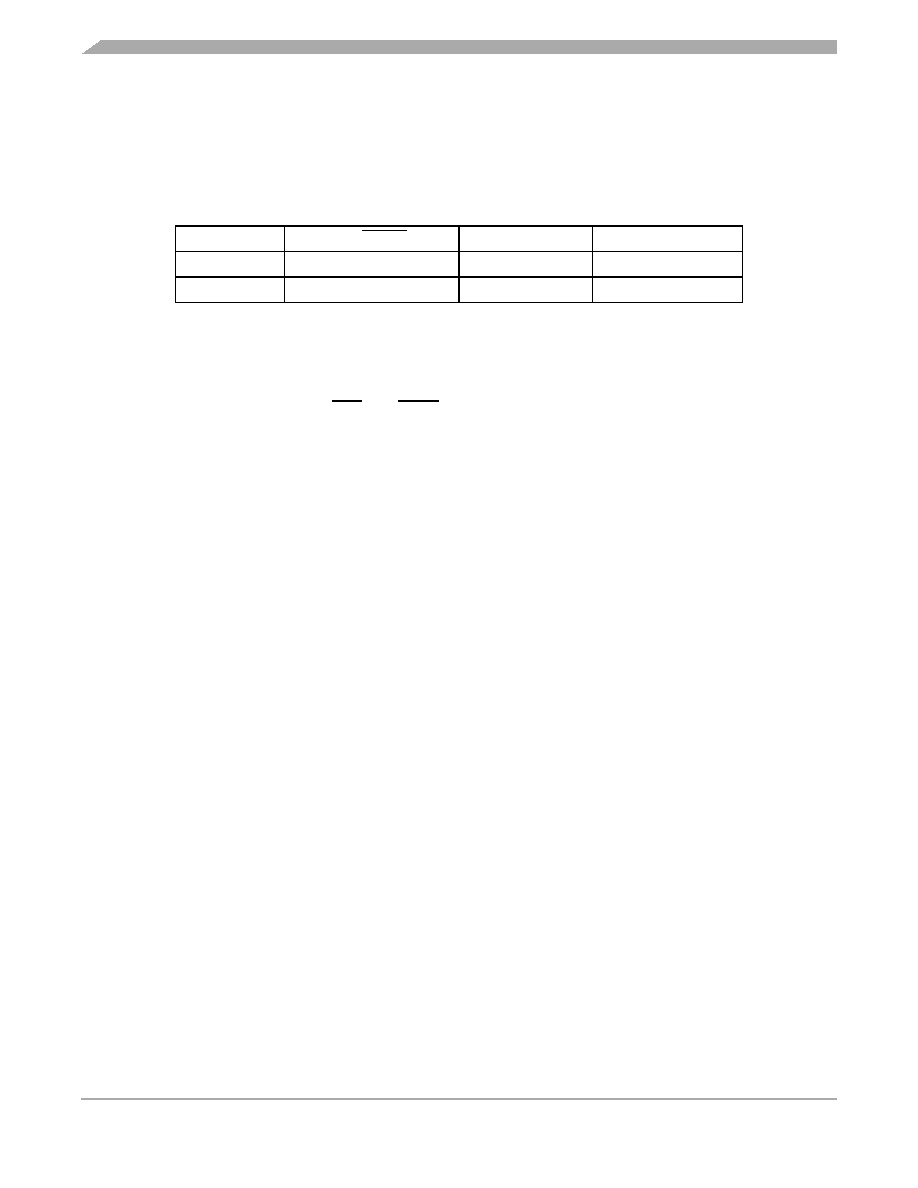- 您現(xiàn)在的位置:買賣IC網(wǎng) > PDF目錄45228 > MC68HC11E9CPB3 (FREESCALE SEMICONDUCTOR INC) 8-BIT, MROM, 3 MHz, MICROCONTROLLER, PQFP52 PDF資料下載
參數(shù)資料
| 型號: | MC68HC11E9CPB3 |
| 廠商: | FREESCALE SEMICONDUCTOR INC |
| 元件分類: | 微控制器/微處理器 |
| 英文描述: | 8-BIT, MROM, 3 MHz, MICROCONTROLLER, PQFP52 |
| 封裝: | 10 X 10 MM, TQFP-52 |
| 文件頁數(shù): | 208/242頁 |
| 文件大?。?/td> | 1672K |
| 代理商: | MC68HC11E9CPB3 |
第1頁第2頁第3頁第4頁第5頁第6頁第7頁第8頁第9頁第10頁第11頁第12頁第13頁第14頁第15頁第16頁第17頁第18頁第19頁第20頁第21頁第22頁第23頁第24頁第25頁第26頁第27頁第28頁第29頁第30頁第31頁第32頁第33頁第34頁第35頁第36頁第37頁第38頁第39頁第40頁第41頁第42頁第43頁第44頁第45頁第46頁第47頁第48頁第49頁第50頁第51頁第52頁第53頁第54頁第55頁第56頁第57頁第58頁第59頁第60頁第61頁第62頁第63頁第64頁第65頁第66頁第67頁第68頁第69頁第70頁第71頁第72頁第73頁第74頁第75頁第76頁第77頁第78頁第79頁第80頁第81頁第82頁第83頁第84頁第85頁第86頁第87頁第88頁第89頁第90頁第91頁第92頁第93頁第94頁第95頁第96頁第97頁第98頁第99頁第100頁第101頁第102頁第103頁第104頁第105頁第106頁第107頁第108頁第109頁第110頁第111頁第112頁第113頁第114頁第115頁第116頁第117頁第118頁第119頁第120頁第121頁第122頁第123頁第124頁第125頁第126頁第127頁第128頁第129頁第130頁第131頁第132頁第133頁第134頁第135頁第136頁第137頁第138頁第139頁第140頁第141頁第142頁第143頁第144頁第145頁第146頁第147頁第148頁第149頁第150頁第151頁第152頁第153頁第154頁第155頁第156頁第157頁第158頁第159頁第160頁第161頁第162頁第163頁第164頁第165頁第166頁第167頁第168頁第169頁第170頁第171頁第172頁第173頁第174頁第175頁第176頁第177頁第178頁第179頁第180頁第181頁第182頁第183頁第184頁第185頁第186頁第187頁第188頁第189頁第190頁第191頁第192頁第193頁第194頁第195頁第196頁第197頁第198頁第199頁第200頁第201頁第202頁第203頁第204頁第205頁第206頁第207頁當(dāng)前第208頁第209頁第210頁第211頁第212頁第213頁第214頁第215頁第216頁第217頁第218頁第219頁第220頁第221頁第222頁第223頁第224頁第225頁第226頁第227頁第228頁第229頁第230頁第231頁第232頁第233頁第234頁第235頁第236頁第237頁第238頁第239頁第240頁第241頁第242頁

Central Processor Unit (CPU)
M68HC11E Family Data Sheet, Rev. 5.1
68
Freescale Semiconductor
4.2.5 Program Counter (PC)
The program counter, a 16-bit register, contains the address of the next instruction to be executed. After
reset, the program counter is initialized from one of six possible vectors, depending on operating mode
and the cause of reset. See Table 4-1.
4.2.6 Condition Code Register (CCR)
This 8-bit register contains:
Five condition code indicators (C, V, Z, N, and H),
Two interrupt masking bits (IRQ and XIRQ)
A stop disable bit (S)
In the M68HC11 CPU, condition codes are updated automatically by most instructions. For example, load
accumulator A (LDAA) and store accumulator A (STAA) instructions automatically set or clear the N, Z,
and V condition code flags. Pushes, pulls, add B to X (ABX), add B to Y (ABY), and transfer/exchange
instructions do not affect the condition codes. Refer to Table 4-2, which shows what condition codes are
affected by a particular instruction.
4.2.6.1 Carry/Borrow (C)
The C bit is set if the arithmetic logic unit (ALU) performs a carry or borrow during an arithmetic operation.
The C bit also acts as an error flag for multiply and divide operations. Shift and rotate instructions operate
with and through the carry bit to facilitate multiple-word shift operations.
4.2.6.2 Overflow (V)
The overflow bit is set if an operation causes an arithmetic overflow. Otherwise, the V bit is cleared.
4.2.6.3 Zero (Z)
The Z bit is set if the result of an arithmetic, logic, or data manipulation operation is 0. Otherwise, the Z
bit is cleared. Compare instructions do an internal implied subtraction and the condition codes, including
Z, reflect the results of that subtraction. A few operations (INX, DEX, INY, and DEY) affect the Z bit and
no other condition flags. For these operations, only = and
≠ conditions can be determined.
4.2.6.4 Negative (N)
The N bit is set if the result of an arithmetic, logic, or data manipulation operation is negative (MSB = 1).
Otherwise, the N bit is cleared. A result is said to be negative if its most significant bit (MSB) is a 1. A quick
way to test whether the contents of a memory location has the MSB set is to load it into an accumulator
and then check the status of the N bit.
Table 4-1. Reset Vector Comparison
Mode
POR or RESET Pin
Clock Monitor
COP Watchdog
Normal
$FFFE, F
$FFFC, D
$FFFA, B
Test or Boot
$BFFE, F
$BFFC, D
$BFFA, B
相關(guān)PDF資料 |
PDF描述 |
|---|---|
| MC68HC11E1VB2 | 8-BIT, 2 MHz, MICROCONTROLLER, PDIP56 |
| MC68HC11E9BCFU2 | 8-BIT, MROM, 2 MHz, MICROCONTROLLER, PQFP64 |
| MC68HC11E9BCPB3 | 8-BIT, MROM, 3 MHz, MICROCONTROLLER, PQFP52 |
| MC68HC711E20VFS2 | 8-BIT, UVPROM, 2 MHz, MICROCONTROLLER, CQCC52 |
| MC68HC11E9FN | 8-BIT, MROM, 2.1 MHz, MICROCONTROLLER, PQCC52 |
相關(guān)代理商/技術(shù)參數(shù) |
參數(shù)描述 |
|---|---|
| MC68HC11E9FN3 | 制造商:MOTOROLA 制造商全稱:Motorola, Inc 功能描述:8-channel, 8-bit analog-to-digital (A/D) converter |
| MC68HC11E9FU3 | 制造商:MOTOROLA 制造商全稱:Motorola, Inc 功能描述:Microcontrollers |
| MC68HC11E9MB2 | 制造商:MOTOROLA 制造商全稱:Motorola, Inc 功能描述:Microcontrollers |
| MC68HC11E9MFN2 | 制造商:MOTOROLA 制造商全稱:Motorola, Inc 功能描述:Microcontrollers |
| MC68HC11E9MFU2 | 制造商:MOTOROLA 制造商全稱:Motorola, Inc 功能描述:Microcontrollers |
發(fā)布緊急采購,3分鐘左右您將得到回復(fù)。